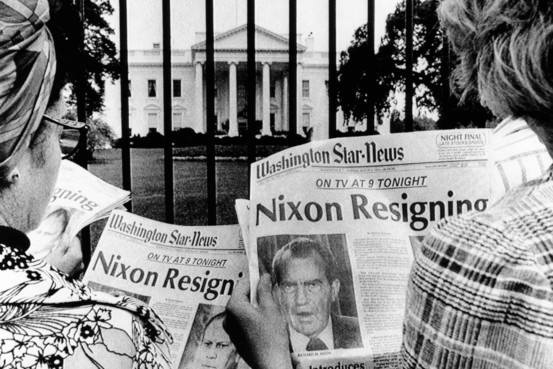
As Bad As Nixon Was, Things Got So Much Worse After He Left the White House
Fifty years ago, on August 9, 1974, Richard M. Nixon resigned the presidency in disgrace on the threshold of impeachment as a result of the Watergate scandal.
Two years earlier, five men, including a salaried security coordinator for President Nixon’s re-election committee, were arrested for breaking into and illegally wiretapping the Democratic National Committee (DNC) headquarters in the Washington, D.C., Watergate Hotel.
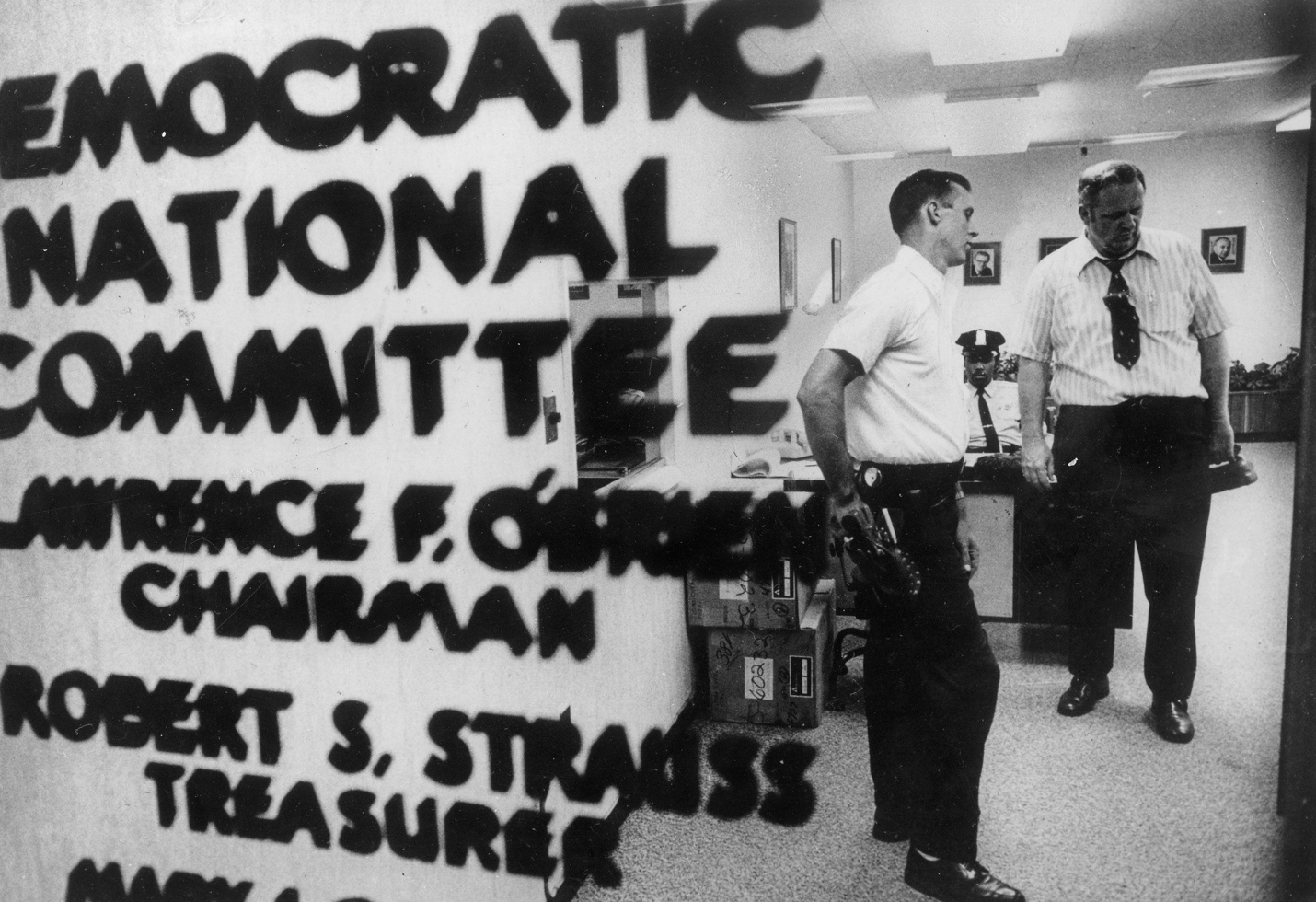
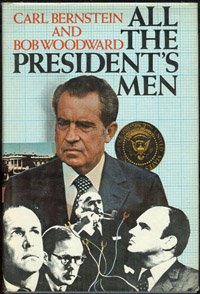
Later that year, reporters Carl Bernstein and Bob Woodward of The Washington Post discovered a higher-echelon conspiracy surrounding the incident and then published a book, All the President’s Men, that established them as heroes for having uncovered the corruption in the Nixon administration, which supposedly helped to restore the rule of law to government.
Woodward and Bernstein’s reporting prompted establishment of a Senate Select Committee on Presidential Campaign Activities (the “Watergate Committee”), headed by Senator Sam Ervin (D-NC), which garnered testimony from, among others, former White House Legal Counsel John Dean.
He testified that the Watergate break-in had been approved by former Attorney General John Mitchell with the knowledge of White House advisers John Ehrlichman and H.R. Haldeman, and that President Nixon had been aware of the cover-up and tried to order the FBI to halt the investigation.


To this day, most history textbooks repeat the official story about Watergate in which Nixon and his staffers are the villains, and Woodward and Bernstein and the Senate Committee, are the heroes.
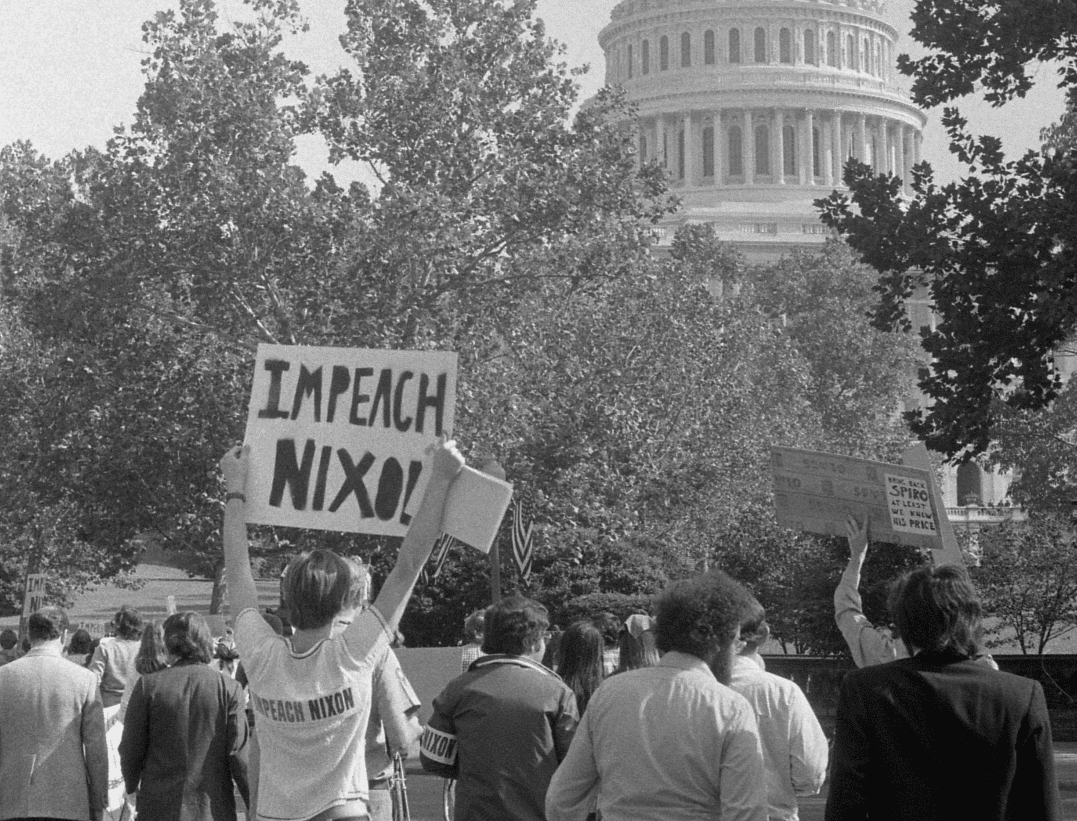
Nick Bryant’s book, The Truth About Watergate: A Tale of Extraordinary Lies and Liars (Trine Day, 2023), turns official history on its head. It details how Watergate may have been set up by the CIA as part of a far-right coup that empowered neo-conservatives contemptuous of Nixon’s détente policies toward Russia and China.
Author of a previous study on a child-sex trafficking ring in Nebraska that implicated high-level politicians, Bryant’s book builds off Jim Hougan’s Secret Agenda: Watergate, Deep Throat and the CIA (Random House, 1984), and Len Colodny and Robert Gettlin’s Silent Coup: The Removal of a President (St. Martin’s Press, 1992).
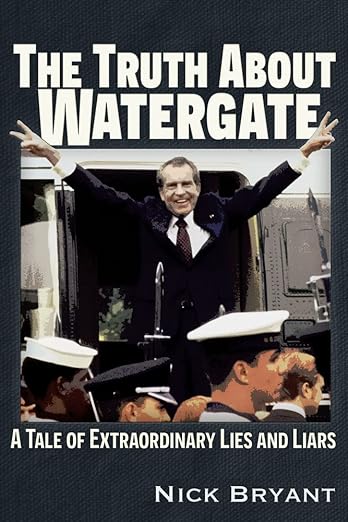
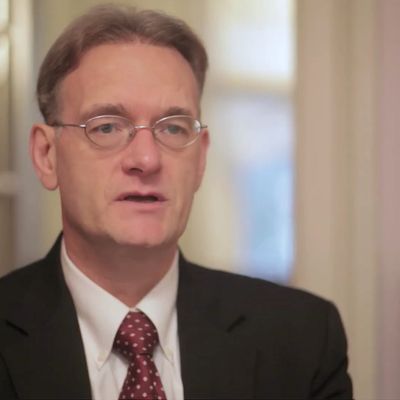
Besides the CIA, Bryant shows the pivotal role in Watergate played by John Dean, whose wife Maureen appears to have been part of a prostitution ring/CIA blackmail operation run out of DNC headquarters about which the CIA was trying to prevent exposure.
At the outset of his book, Bryant quotes Watergate burglar Frank Sturgis, one of the so-called “plumbers” working for Nixon, who said that “it doesn’t take a genius to figure out that Watergate was a C.I.A. setup. We were just pawns.”

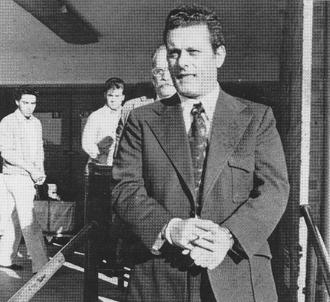
Two key CIA operatives—E. Howard Hunt and James McCord—were part of “the plumbers,” along with a number of CIA veterans of the Bay of Pigs operation in Cuba.
The working relationship of Hunt and McCord went back to the early 1960s when both men reportedly participated in a clandestine venture designed to undermine Cuba’s Castro government.[1] McCord had also been a cog in the branch of the CIA that perpetrated domestic spying. Bryant characterizes him as “the impish ringmaster to a very bizarre circus [Watergate],” and “catalyst to trigger the avalanche that engulfed and then overwhelmed Nixon.”[2]
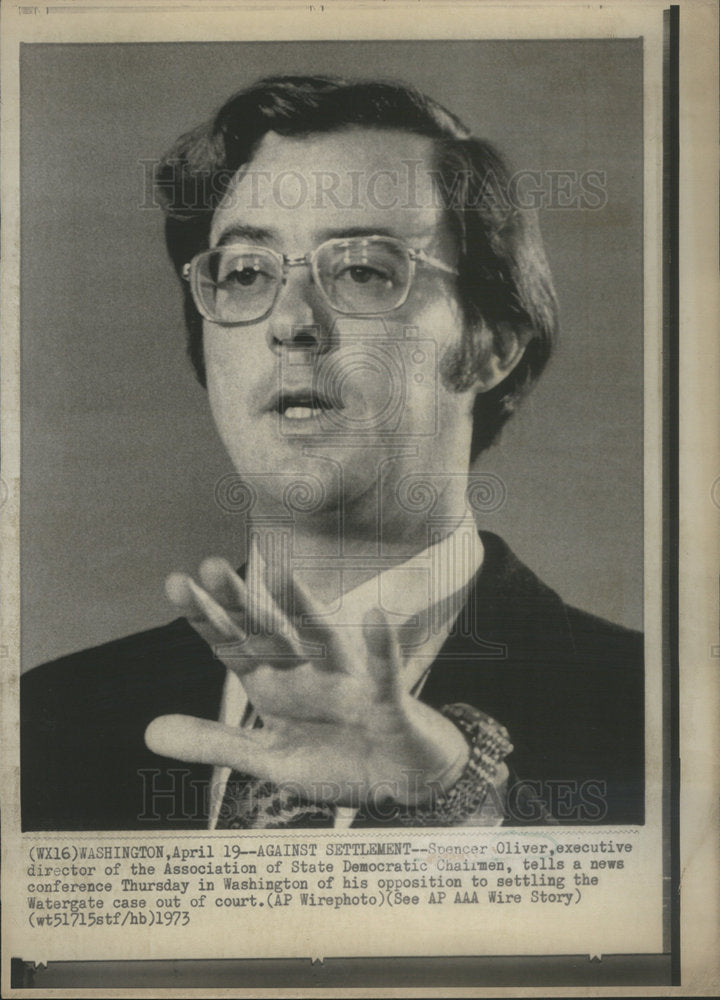
According to Bryant, there were two purposes to the Watergate break-ins. The first was to plant a bug in the phone of Spencer Oliver, the executive director of the Association of State Democratic Chairmen, and his secretary, Ida “Maxie” Wells, who was running a call-girl ring headed by D.C. madam Heidi Rikan that implicated Democratic Party politicians and other Washington power brokers whom the CIA could blackmail.[3]
The second purpose was to create a political scandal that would bring down Nixon whom the CIA hated because of his a) détente policies toward the Soviet Union and China; b) relatively liberal domestic policies; and c) transformation of foreign policy decision-making power away from the CIA in favor of the National Security Council (NSC).
According to Bryant, McCord set up the Watergate burglaries so that the burglars would be caught. Afterwards, McCord was incarcerated for a mere three months and 21 days while the other “plumbers” received longer sentences.
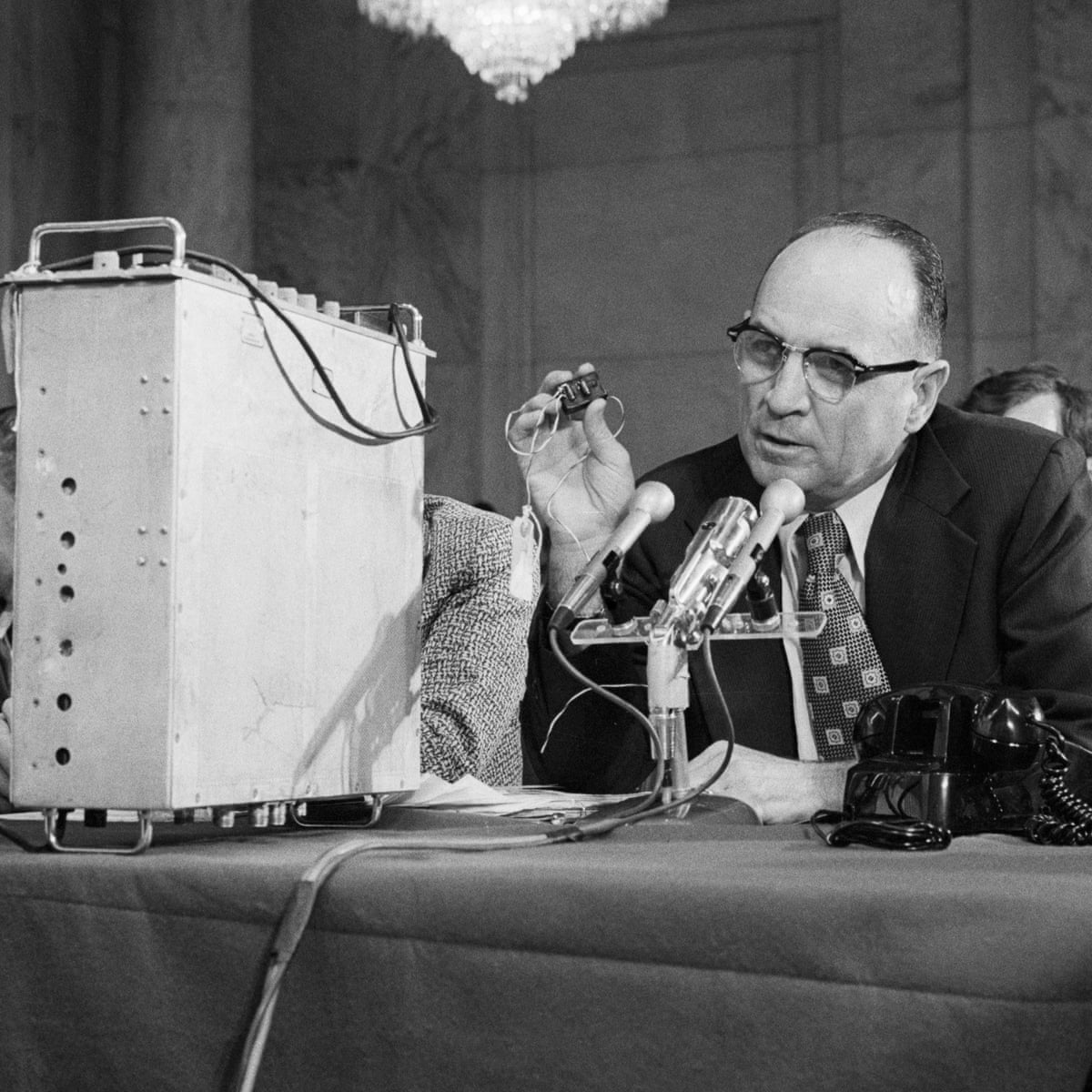
Bryant wrote that McCord “hated Nixon and Kissinger for their friendly posturing towards both the Soviet Union and China.”[4]

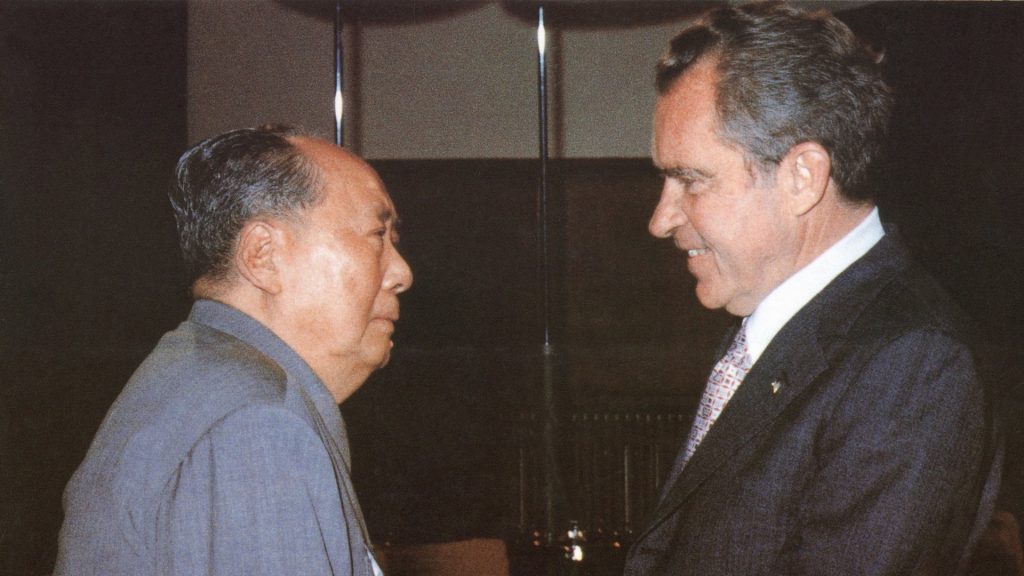
According to Bryant, an indication that the Watergate arrests were premeditated was the arrival of D.C. police officer Carl Shoffler, “a frothing at the mouth right-winger” who dressed like a hippie but had a “history of aiding and abetting the C.I.A. in various operations.”[5]
Inexplicably, Shoffler had volunteered to work a second shift the night of the Watergate break-in even though it was his birthday and his family had driven down from Pennsylvania to see him.
Shoffler told his former superior at the Army Security Agency that the arrests of the Watergate buglars were “the result of a tip” he received from a “McCord lackey” named Alfred Baldwin.
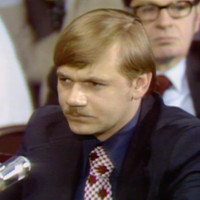
Shoffler reportedly told his former superior that “his life wouldn’t be worth a nickel” if his actual role in Watergate were exposed.[6]
Another sign of a set-up was that McCord proceeded with the break-in plans even though tape they had placed on the door lock was removed, demonstrating that someone was on to the burglary and that McCord was willing to risk arrest.[7]
FBI Director L. Patrick Gray surmised that Watergate was a CIA operation after the FBI uncovered irregularities in a Watergate burglar’s bank account—of five checks deposited in his bank account, four came from Mexico.[8]
Woodward and Bernstein wrote that the dirty tricks against the Democrats were underwritten by a secret fund controlled by Attorney General John Mitchell; however, Mitchell, who served 19 months in prison for Watergate-related offenses, never in fact controlled a secret fund that was used to bankroll intelligence operations.[9]
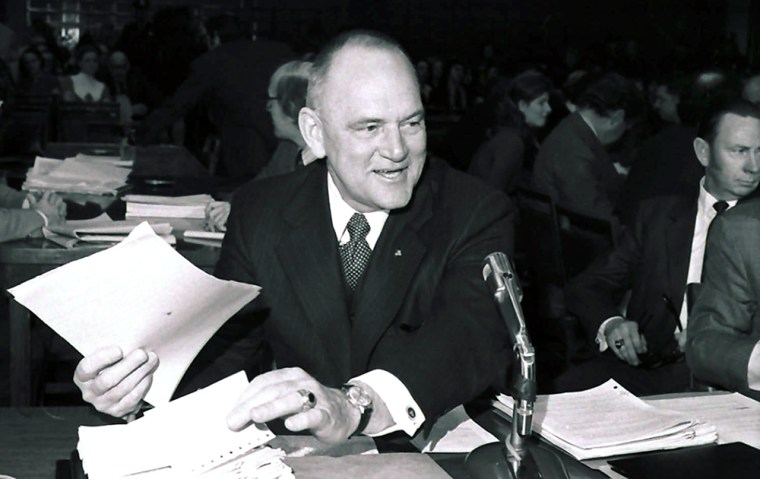
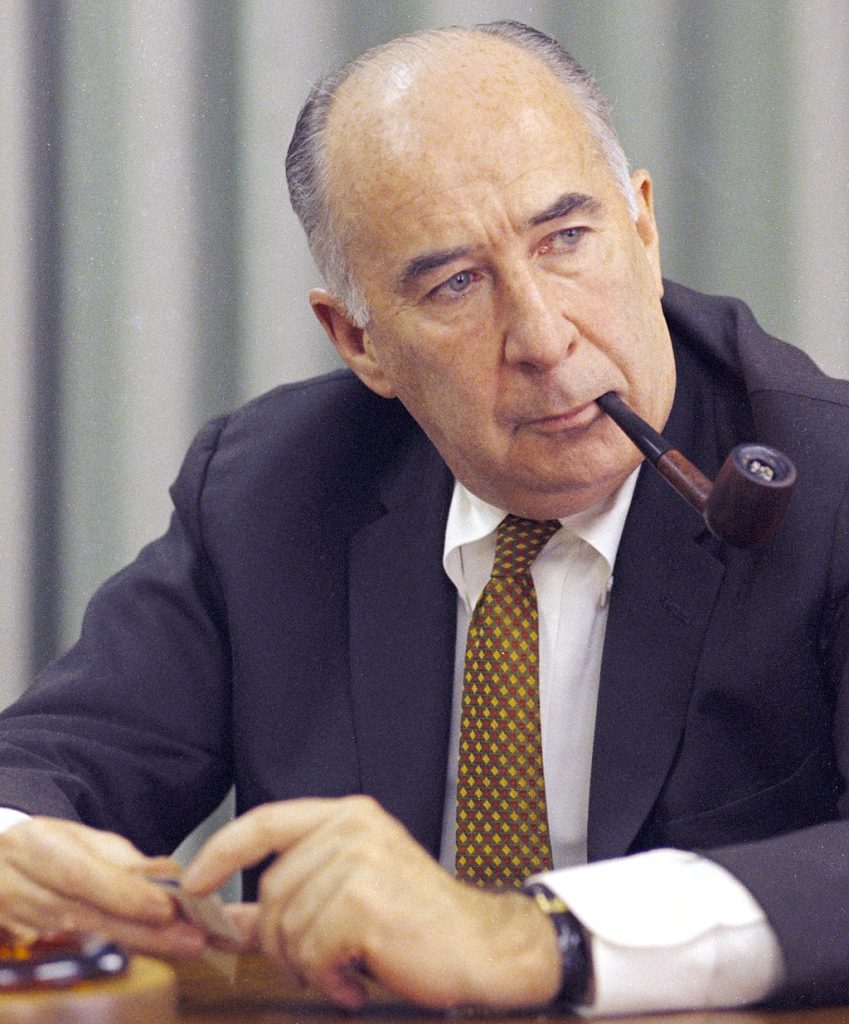
Mitchell, John Ehrlichman and H.R. Haldeman could not secure a fair trial, as Nixon was viewed by the Watergate Special Prosecution team and Judge John Sirica as “the anti-Christ,” and the objective of the trial was “to extract a pound of flesh,” according to Bryant.[10]
After the Watergate scandal broke, E. Howard Hunt and James McCord tried to shake down the Nixon administration, which may have been part of a ploy to further entrap Nixon and get him to commit more crimes.[11]
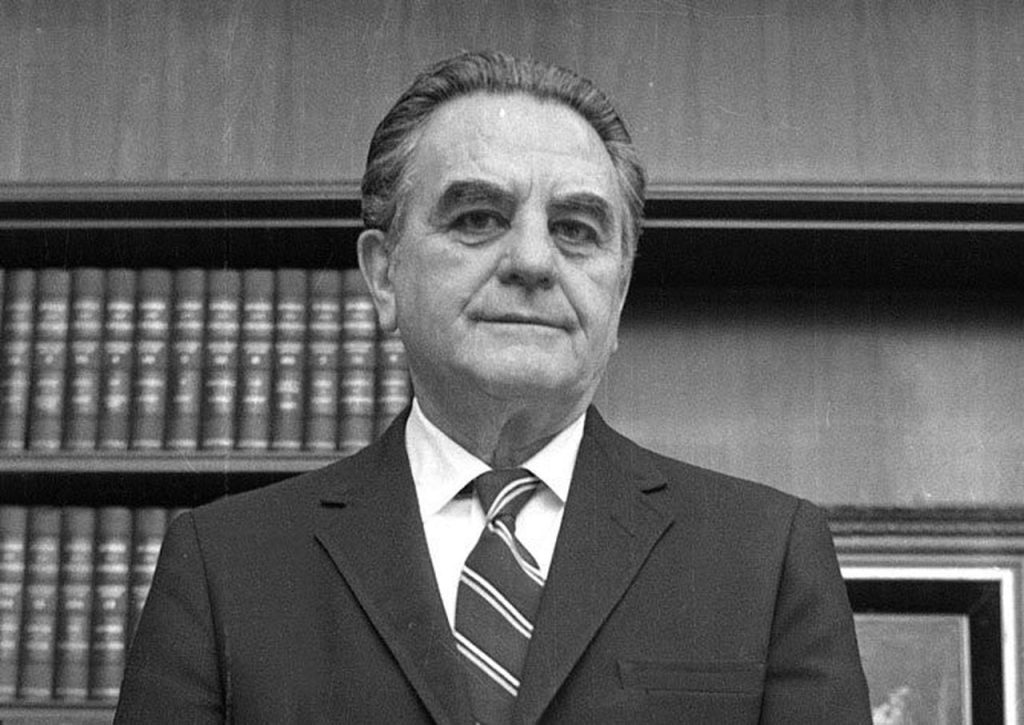

During his sentencing, McCord wrote a letter to the judge exonerating the CIA and stating that he feared retaliation for coming forward to “tell the truth” about Watergate. McCord tried to make it look like he was a whistleblower facing persecution, when he was covering up a CIA operation.[12]
Bryant suggests that this CIA operation started with a treasonous espionage campaign carried out in conjunction with the Army Joint Chiefs of Staff after the Nixon administration was infiltrated by military and intelligence “assets.”
The key figures in this operation were a) Admiral Thomas H. Moorer, the chairman of the Joint Chiefs of Staff from Alabama whom Bryant describes as a “frothing at the mouth anticommunist stunned by Nixon’s affable comportment towards the Russians and Chinese”;[13] and b) Charles E. Radford, a Navy yeoman who served as a stenographer in the Joint Chiefs liaison office to the NSC, who pilfered top-secret documents from the NSC.[14]

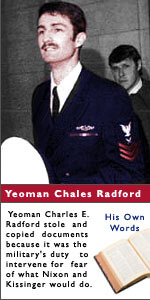
When the authors of Silent Coup asked Radford about the primary objective of the Joint Chiefs espionage, Radford replied “bringing down Nixon” and “getting rid of [Henry] Kissinger [Nixon’s NSC adviser and Secretary of State].”[15]
Radford received a helping hand from Alexander Haig, a military aide to Kissinger appointed as Nixon’s chief of staff in May 1973, who sold out Nixon by giving him bad advice during the Senate Watergate hearings.
Haig also appointed J. Fred Buzhardt, a former aide to Strom Thurmond (R-SC), as Nixon’s special counsel for Watergate who released transcripts of conversations between Nixon and H.R. Haldeman to various congressmen that made them look bad.
Bryant suggests that Haig and Buzhardt may have been responsible for the erasure of White House tapes that made Nixon look guilty of a cover-up in the Watergate break-ins.[16]
Bob Woodward’s intimate ties to Haig—a key figure in the Watergate coup—went back to his stint working for Admiral Moorer, the chief of naval operations in 1969-70, when he was Haig’s briefer at the White House, which Woodward covered up.
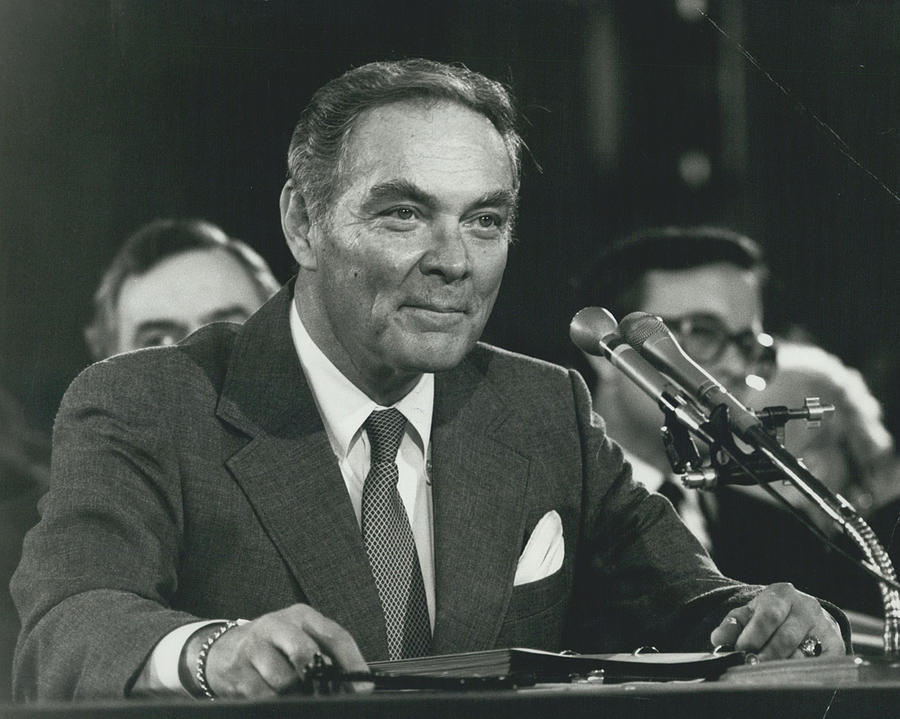

As a follow-up to All the President’s Men, Woodward and Bernstein wrote The Final Days about a commander-in-chief [Nixon] freefalling into an abyss of madness who had the potential to trigger nuclear Armageddon—until super-hero Alexander Haig intervened and saved humanity.[17]
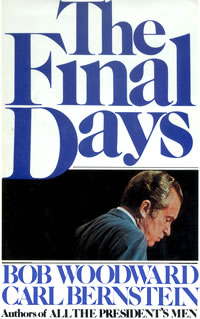
Bryant quotes one of Woodward’s Yale history professors who said that Woodward had conservative political views that he would characterize as “crypto fascist.”[18]
As a signal for his Watergate informant—FBI Deputy Director Mark Felt, aka Deep Throat—Woodward claimed that he placed a red flag on his apartment’s sixth-floor balcony, and that the two would meet at 2:00 a.m. in an underground garage.
However, Felt lived in Fairfax, Virginia, some distance from Washington, D.C., and was forced out of the FBI well before Woodward said the meetings took place. Woodward’s balcony further was only visible from an alley where Felt would have been detected if he had gone there.[19]
Felt was also said to have sent cryptic messages to Woodward in his daily copy of The New York Times; however, The New York Times was not delivered to Woodward’s apartment door, according to Bryant, but rather a stack of newspapers was left in the reception area—meaning that Felt’s message could have been read by other subscribers in the building and would not likely have been seen by Woodward.[20]

Bryant suggests that Woodward was being instructed what to write by the CEO of the Robert Mullen Company, a PR firm and CIA front for which E. Howard Hunt worked.[21]
The Watergate Committee’s senior Republican, Howard Baker, had a hunch that Woodward was affiliated with the CIA, and he directed one of the Watergate Committee’s lawyers to inquire about the association, though the inquiry was rebuffed by the CIA.[22]
Woodward’s employer, The Washington Post, which published his Watergate scoops, had a close relationship with the CIA that was solidified during the period when Ben Bradlee was the executive editor (1965-1991). According to Bryant, Bradlee deployed every fabrication and resource at his disposal to ensure that his CIA affiliation was not exposed. Like his two ace reporters, Bradlee was “an unabashed liar.”[23]

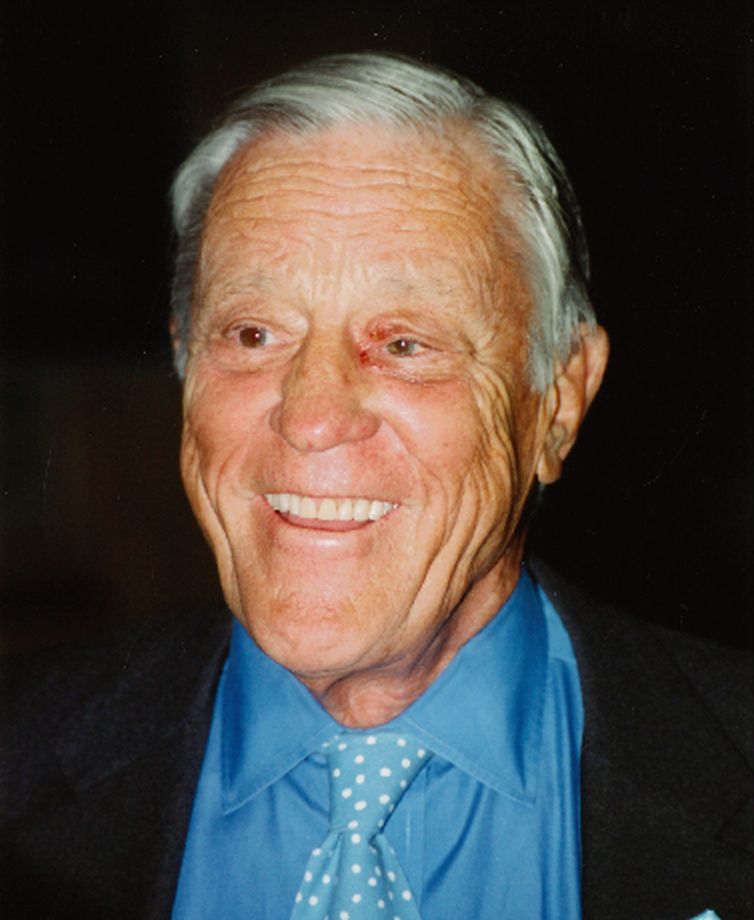
Regarding Woodward and Bernstein, Bryant wrote that they are “not the honorable knights for truth and justice depicted by Robert Redford and Dustin Hoffman in the film All the President’s Men [1976 award-winning film]. Indeed their lives and their Watergate reporting are, unfortunately, a sprawling net of lies that are moored to the monolithic lie of Deep Throat.”[24]
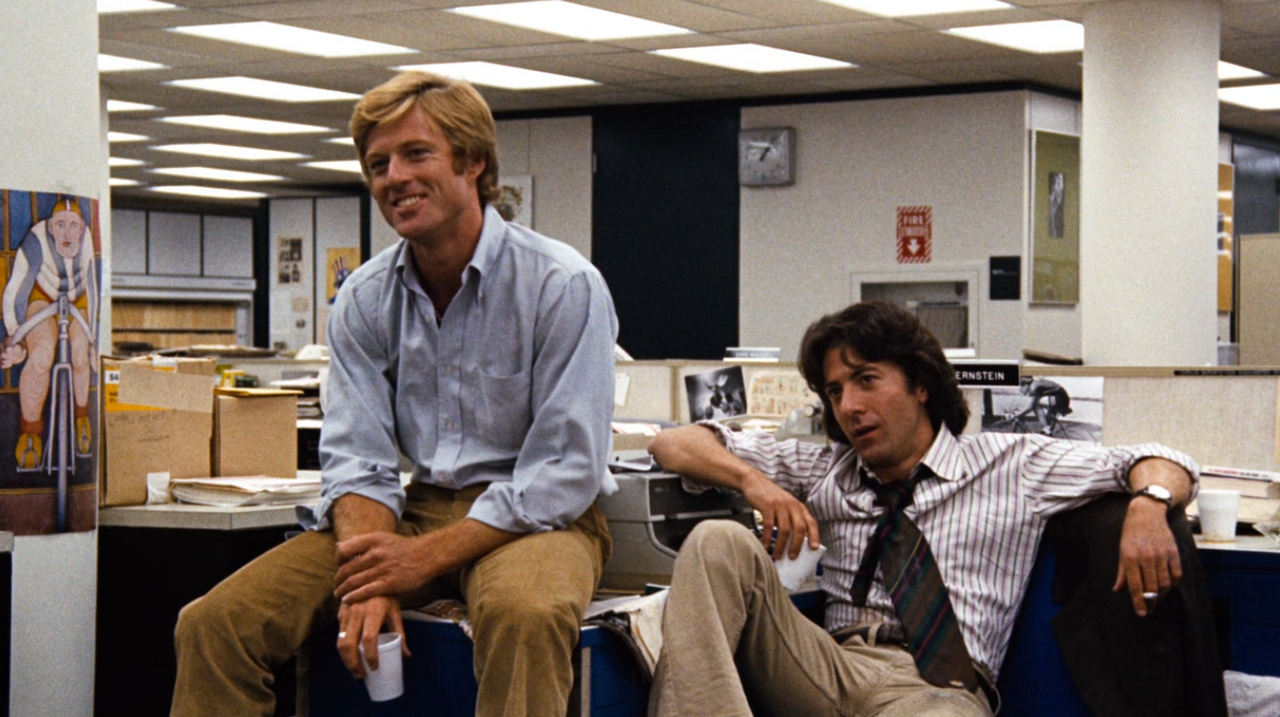
Another CIA connection to Watergate lies with Alexander Butterfield, a former aide to H.R. Haldeman, who coughed up to the Watergate Committee the secret taping system, which revealed Nixon’s involvement in efforts to cover up the Watergate break-ins and other activities. Butterfield had been an Air Force Colonel who served as the principal liaison between the military and CIA in Australia.[25]
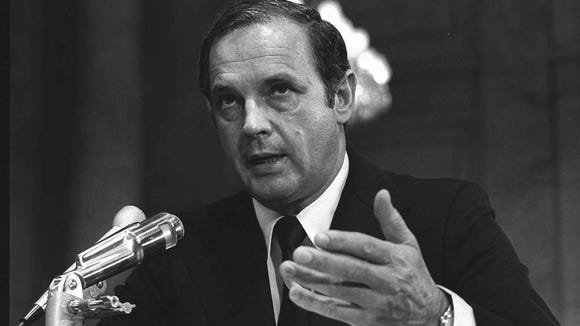
Watergate Special Prosecutor Leon Jaworski was yet another figure in the Watergate saga with covert CIA connections.
A former war crimes prosecutor in Germany after World War II who helped Lyndon B. Johnson escape voter fraud charges, Jaworski served as attorney and director of the Texas-based M.D. Anderson Foundation which funded medical research and covertly acted as a CIA conduit to disburse funds in the 1960s, including to the National Students Association.[26]
Bryant writes that Nixon was “utterly blind to the fact that Haig would use Jaworski to raze his administration.”[27]
The silent coup of 1974, abetted by Haig, Woodward, Jaworski, Butterfield, McCord and others, delivered the U.S. presidency to Vice President Gerald Ford, who appointed Haig as his Chief of Staff, Dick Cheney as his Deputy Chief of Staff, and Donald Rumsfeld as his Secretary of Defense.[28]
Bryant wrote that “Bob Woodward and The Washington Post had enabled the neocons to have their first considerable taste of power. The hawks had triumphed over Nixon’s détente with the Soviets and China.”[29]
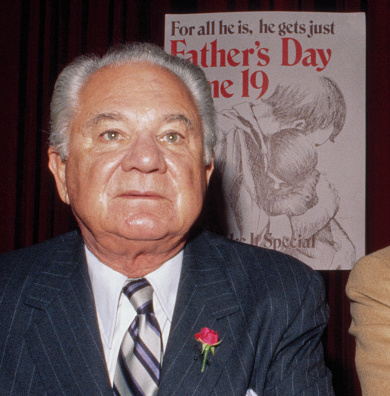
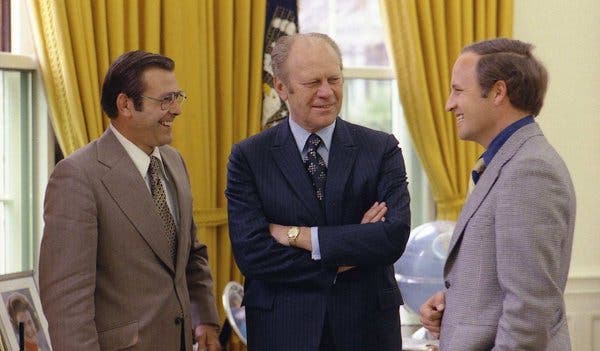
In hindsight, Nixon was among the last liberal presidents. While adopting many horrific policies (escalation in Indochina and secret bombing of Laos and Cambodia, support for a fascist coup in Chile, increased surveillance and harassment of left-wing political activists in the U.S. and declaration of the War on Drugs), he also adopted a litany of liberal ones, ranging from a guaranteed family income and job-training programs, to the expansion of Medicaid, creation of the Environmental Protection Agency (EPA) and signing of the Clean Air Act, to incremental defense cuts and visiting Communist China, hence setting the groundwork for a restoration of diplomatic relations.
The liberal aspects of Nixon’s presidency have been reversed by the neo-cons who have plunged the United States into endless wars while provoking military confrontation with Russia and China that threaten the outbreak of World War III.

-
Nick Bryant, The Truth About Watergate: A Tale of Extraordinary Lies and Liars (Walterville, OR: TrineDay, 2023), 31. ↑
-
Bryant, The Truth About Watergate, 56, 161. ↑
-
According to Bryant, McCord wanted to protect the honey trap from detection and told lies to the Justice Department during the Watergate investigation to help ensure that Rikan, et al., was unscathed through the investigation. Watergate plumber G. Gordon Liddy and Nixon aide Jeb Magruder wanted to collect DNC intelligence and tap the DNC chairman’s phone. Bryant suggests that McCord may have been running a honey trap/blackmail operation out of his D.C. apartment, which was furnished with extensive bugging equipment while young girls recurrently visited. McCord’s landlady identified E. Howard Hunt as a visitor. When a young lawyer named Phillip Bailley tried to blow the whistle on the call-girl ring, he was locked up at St. Elizabeth’s, the District of Columbia’s mental hospital, in the ward for the criminally insane. ↑
-
Bryant, The Truth About Watergate, 76. ↑
-
Idem. ↑
-
Bryant, The Truth About Watergate, 76. A clerk for the D.C. police’s intelligence squad who was a close friend of Shoffler responded when questioned about Shoffler’s extraordinary timing on June 17, 1972: “There are no coincidences.” ↑
-
Bryant, The Truth About Watergate, 77. ↑
-
Bryant, The Truth About Watergate, 87. Gray replaced J. Edgar Hoover after his death, which occurred a month before the Watergate bust.
-
Bryant, The Truth About Watergate, 97. ↑
-
Bryant, The Truth About Watergate, 158. ↑
-
Bryant, The Truth About Watergate, 99. ↑
-
Bryant, The Truth About Watergate, 104. ↑
-
Bryant, The Truth About Watergate, 17. ↑
-
Bryant, The Truth About Watergate, 17, 18. ↑
-
Bryant, The Truth About Watergate, 18. ↑
-
Bryant, The Truth About Watergate, 117, 150. ↑
-
Bryant, The Truth About Watergate, 163. Woodward later saved Haig after Haig had been nominated to be President Ronald Reagan’s Secretary of State. When the Senate Foreign Relations Committee subpoenaed the logs of Nixon’s meeting in an effort to determine if the Nixon tapes implicated Haig in malfeasance when Haig was Nixon’s chief of staff, Woodward wrote several articles in The Washington Post strongly criticizing the Senate Foreign Relations Committee for attempting to subpoena the logs of Nixon’s tapes and said that Haig should not be held accountable for his remarks on the tapes because they were designed to placate Nixon. The Senate confirmed Haig as Secretary of State by a resounding margin of 93 to 6. ↑
-
Bryant, The Truth About Watergate, 121. In recent years, Woodward supported the war-mongering policies of the neo-conservatives, writing for example a fawning account of George W. Bush’s drive to war in Iraq. ↑
-
Bryant, The Truth About Watergate, 125. The balcony was visible from one other viewpoint that would have required passing the reception desk where he also would have been noticed. According to Wikipedia this claim (about Woodward’s balcony) was first questioned by Adrian Havill in a 1993 biography of Woodward and Bernstein: “He said Woodward’s balcony faced an interior courtyard and was not visible from the street. Woodward said that the courtyard had been bricked in since he lived there.” Woodward is quoted by Wikipedia as saying that “my balcony and the back of the apartment complex . . . could have been seen from dozens of apartments or offices.” ↑
-
In the same Wikipedia article as above (“Mark Felt”), Adrian Havill questioned the New York Times story, saying that New York Times “was not delivered in copies marked by apartment, but Woodward and a former neighbor disputed this claim.” ↑
-
Bryant, The Truth About Watergate, 127. ↑
-
Idem. When the senator sent a letter to CIA Director William Colby inquiring about Woodward’s relationship with the CIA, he received a phone call a few hours later from an incensed Woodward—a quick reply that suggests a close relationship between Woodward and Colby. ↑
-
Bryant, The Truth About Watergate, 136, 137. Bradlee wrote a threatening letter that resulted in the withdrawal from bookstores of Deborah Davis’s book, Katharine the Great: Katharine Graham and Her Washington Post Empire, which addresses the clandestine connection between the CIA and The Washington Post, and Bradlee’s connection to the CIA. The book included a discussion of how Bradlee worked with the CIA’s French station chief to issue a rebuttal to a French magazine article arguing that the U.S. had framed Ethel and Julius Rosenberg, an American couple sentenced to death for allegedly selling atom bomb secrets to the Soviet Union. Bradlee was directed to write a propaganda analysis of the Rosenberg case, depicting the Rosenbergs as guilty and deserving of the death penalty. ↑
-
Bryant, The Truth About Watergate, 131. Bryant called Woodward and Bernstein “superstar charlatans.” ↑
-
Bryant, The Truth About Watergate, 133. ↑
-
Bryant, The Truth About Watergate, 146. ↑
-
Idem. ↑
-
Haig was Chief of Staff for Nixon and continued in that role until the next month (September 21, 1974) when he resigned and returned to active duty in the U.S. Army. Rumsfeld was Ford’s Chief of Staff from September 21, 1974, until November 20, 1975, when he became Secretary of Defense, at which point Cheney, who had been Ford’s Deputy Chief of Staff became his Chief of Staff. ↑
-
Bryant, The Truth About Watergate, 166. ↑
CovertAction Magazine is made possible by subscriptions, orders and donations from readers like you.
Blow the Whistle on U.S. Imperialism
Click the whistle and donate
When you donate to CovertAction Magazine, you are supporting investigative journalism. Your contributions go directly to supporting the development, production, editing, and dissemination of the Magazine.
CovertAction Magazine does not receive corporate or government sponsorship. Yet, we hold a steadfast commitment to providing compensation for writers, editorial and technical support. Your support helps facilitate this compensation as well as increase the caliber of this work.
Please make a donation by clicking on the donate logo above and enter the amount and your credit or debit card information.
CovertAction Institute, Inc. (CAI) is a 501(c)(3) non-profit organization and your gift is tax-deductible for federal income purposes. CAI’s tax-exempt ID number is 87-2461683.
We sincerely thank you for your support.
Disclaimer: The contents of this article are the sole responsibility of the author(s). CovertAction Institute, Inc. (CAI), including its Board of Directors (BD), Editorial Board (EB), Advisory Board (AB), staff, volunteers and its projects (including CovertAction Magazine) are not responsible for any inaccurate or incorrect statement in this article. This article also does not necessarily represent the views the BD, the EB, the AB, staff, volunteers, or any members of its projects.
Differing viewpoints: CAM publishes articles with differing viewpoints in an effort to nurture vibrant debate and thoughtful critical analysis. Feel free to comment on the articles in the comment section and/or send your letters to the Editors, which we will publish in the Letters column.
Copyrighted Material: This web site may contain copyrighted material the use of which has not always been specifically authorized by the copyright owner. As a not-for-profit charitable organization incorporated in the State of New York, we are making such material available in an effort to advance the understanding of humanity’s problems and hopefully to help find solutions for those problems. We believe this constitutes a ‘fair use’ of any such copyrighted material as provided for in section 107 of the US Copyright Law. You can read more about ‘fair use’ and US Copyright Law at the Legal Information Institute of Cornell Law School.
Republishing: CovertAction Magazine (CAM) grants permission to cross-post CAM articles on not-for-profit community internet sites as long as the source is acknowledged together with a hyperlink to the original CovertAction Magazine article. Also, kindly let us know at info@CovertActionMagazine.com. For publication of CAM articles in print or other forms including commercial internet sites, contact: info@CovertActionMagazine.com.
By using this site, you agree to these terms above.
About the Author

Jeremy Kuzmarov holds a Ph.D. in American history from Brandeis University and has taught at numerous colleges across the United States. He is regularly sought out as an expert on U.S. history and politics for radio and TV programs and co-hosts a radio show on New York Public Radio and on Progressive Radio News Network called “Uncontrolled Opposition.”
He is Managing Editor of CovertAction Magazine and is the author of six books on U.S. foreign policy, including Obama’s Unending Wars (Clarity Press, 2019), The Russians Are Coming, Again, with John Marciano (Monthly Review Press, 2018), Warmonger. How Clinton’s Malign Foreign Policy Launched the U.S. Trajectory From Bush II to Biden (Clarity Press, 2023); and with Dan Kovalik, Syria: Anatomy of Regime Change (Baraka Books, 2025).
Besides these books, Kuzmarov has published hundreds of articles and contributed to numerous edited volumes, including one in the prestigious Oxford History of Counterinsurgency .
He can be reached at jkuzmarov2@gmail.com and found on substack here.

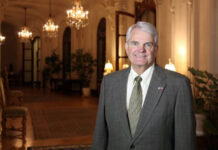

Superb article!
It is important to remember, however, that the CIA had originally planned to assassinate Nixon. But one of the members of the team assembled for that purpose, Edwin Kaiser, pulled out when he was informed who the target would be.
Frank Sturgis alludes to this in his 1977 interview:
https://www.bing.com/videos/riverview/relatedvideo?q=bill+o%27reilly+interviews+frank+sturgis&mid=9DEFA293EE02B012E1C79DEFA293EE02B012E1C7&FORM=VIRE
We do not know if the military chiefs knew about the CIA assassination plans but we do know that they were extremely hostile towards Nixon. They believed that the Vietnam War was winnable if only they could fight their version of it. Nixon, by contrast, did not believe the war to be winnable and supported (eventual) withdrawal.
Crucial unasked questions:
Why would the Watergate burglars make such obvious mistakes?
Why would a Nixon loyalist erase a tape in such a crude and obvious way? It would be a relatively simple matter to make a copy of the tape minus any incriminating parts and then to pass it off as the original.
Why would anyone working in the Nixon White House wish to help the Washington Post reporters? Their motives are never considered.
Yes, the official narrative of Watergate is totally bogus but you would never know it from the reporting of the mainstream media.
See also Family of Secrets by Russ Baker who drew similar conclusions about Watergate.
https://en.wikipedia.org/wiki/Family_of_Secrets
Do you agree with Russ Baker’s conclusions?. The Wikipedia article you shared seems to be skeptical of Russ Baker.